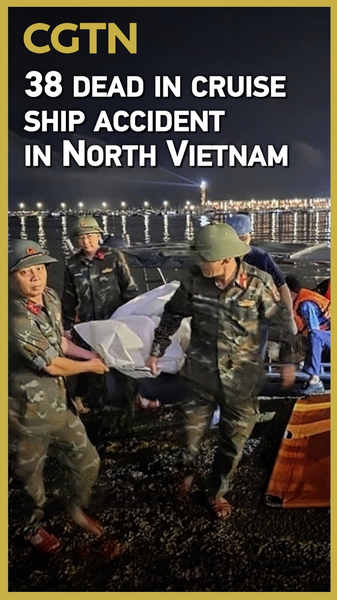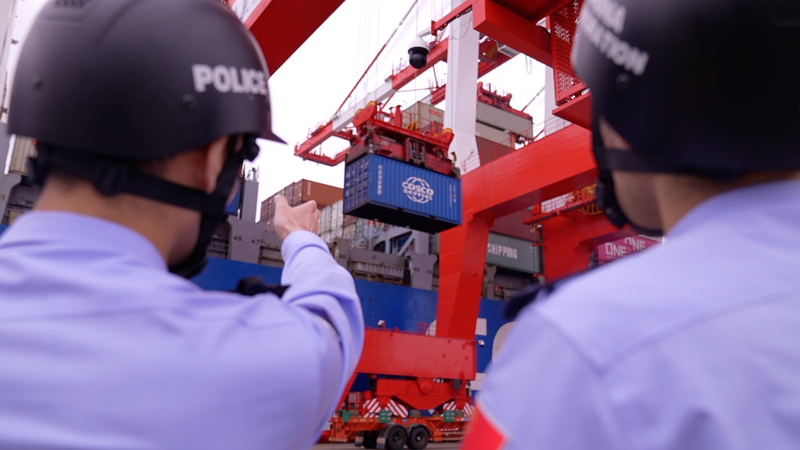When a sudden thunderstorm swept through Ha Long Bay on July 19, a cruise ship carrying 53 people capsized, turning a routine sightseeing trip into a maritime disaster.
Local rescue teams scrambled to respond after the vessel went down in the heart of Vietnam's Quang Ninh Province. Of the 53 people on board – 48 tourists and five crew members – authorities have confirmed 38 fatalities and 12 rescued survivors.
This tragic incident highlights the challenges of forecasting and navigating extreme weather conditions on the water. As investigations begin, experts are urging cruise operators and regulators to revisit safety protocols, from vessel stability to real-time storm warnings.
Ha Long Bay's dramatic limestone pillars and emerald waters draw visitors from across the globe. But for the travel community, this accident is a sobering reminder: even the most iconic destinations demand respect for nature's volatility and rigorous emergency planning.
As families and friends await further news, the disaster sparks a wider conversation on global cruise safety. Will new guidelines and technologies emerge to prevent similar tragedies? The world is watching – and hoping lessons from Ha Long Bay lead to stronger safeguards at sea.
Reference(s):
cgtn.com




